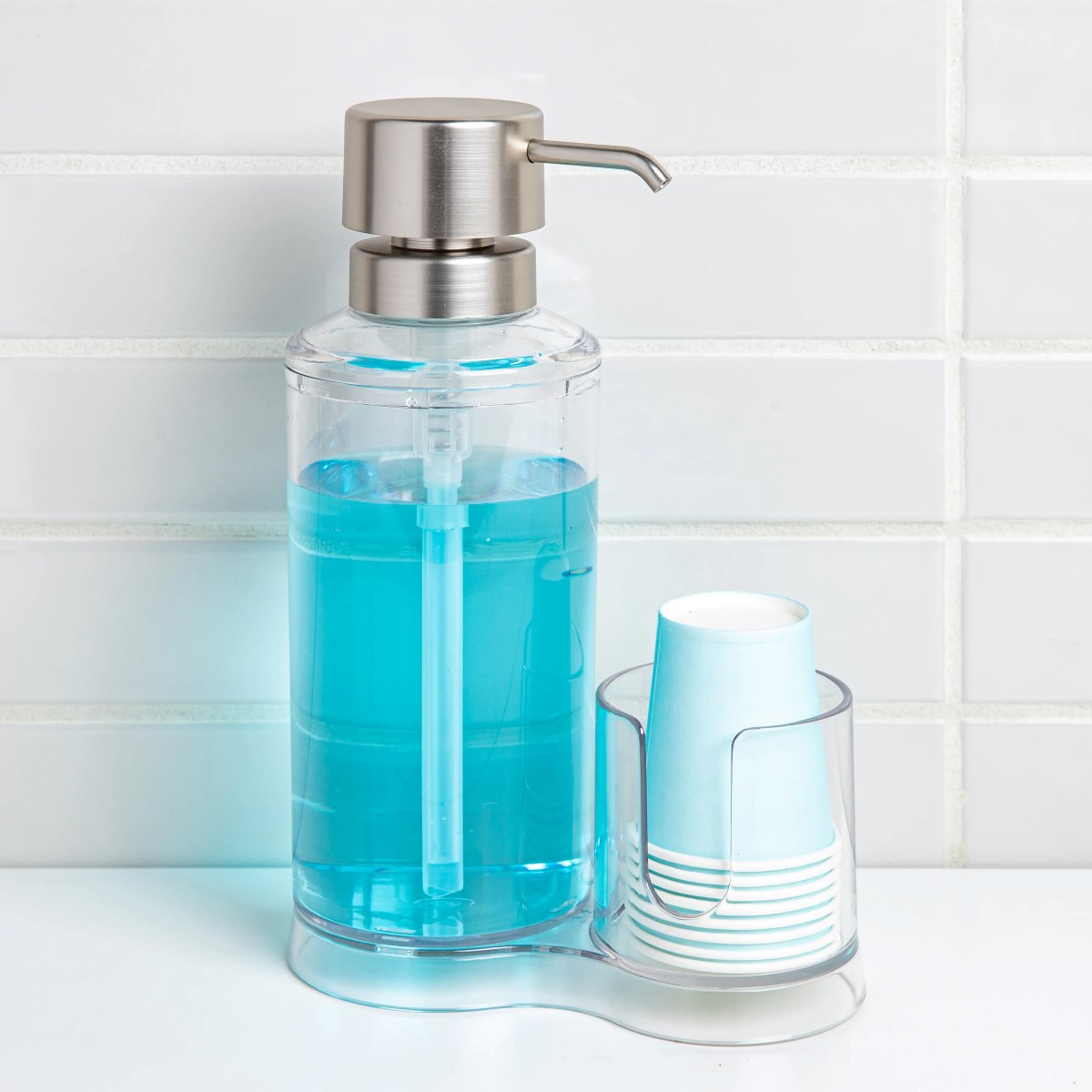

Articles
How To Store Mouthwash
Modified: February 7, 2024
Learn the best methods for storing mouthwash in this informative articles. Keep your mouthwash fresh and effective with these simple tips.
(Many of the links in this article redirect to a specific reviewed product. Your purchase of these products through affiliate links helps to generate commission for Storables.com, at no extra cost. Learn more)
Introduction
Mouthwash is a valuable addition to any oral care routine. It helps freshen breath, kill bacteria, and prevent oral health issues such as cavities and gum disease. Whether you use mouthwash daily or occasionally, it’s essential to store it properly to maintain its effectiveness.
In this article, we will explore the best practices for storing mouthwash to ensure its longevity and efficacy. We will discuss the importance of choosing the right container, selecting an optimal storage location, protecting the mouthwash from sunlight and extreme temperatures, and keeping it out of reach from children and pets. Additionally, we will cover the benefits of using mouthwash racks or dispensers to keep your oral care products organized and offer tips on proper sealing and checking for leakages. Lastly, we will touch on proper disposal of expired mouthwash to maintain a safe and clutter-free environment.
By following these guidelines, you can maximize the shelf life of your mouthwash and ensure that each use provides the desired oral health benefits.
Let’s dive into the details of how to store mouthwash effectively!
Key Takeaways:
- Properly storing mouthwash is essential for maintaining its effectiveness and shelf life. Choose the right container, store in a cool, shaded area, and protect from sunlight and extreme temperatures to ensure potency.
- Keep mouthwash away from children and pets, consider using racks or dispensers for organization, and dispose of expired mouthwash properly to maintain a safe and effective oral care routine.
Read more: How To Store Store-Bought Bread
Choosing the Right Container
When it comes to storing mouthwash, selecting the right container is crucial. A suitable container will not only maintain the quality and freshness of the mouthwash but also ensure easy access and minimize the risk of spillage. Here are some factors to consider when choosing the ideal container for your mouthwash:
Material: Opt for a container made from a sturdy and non-reactive material such as glass or opaque plastic. These materials are less likely to absorb the mouthwash’s chemicals or leach harmful substances into the product.
Size: Consider the size of your mouthwash bottle and choose a container that can comfortably accommodate it. Ensure that there is enough room for the mouthwash to move freely without risk of spillage or overflowing.
Tight-sealing Cap: Look for a container with a cap or lid that can be tightly secured. This will prevent air, moisture, and bacteria from entering and potentially compromising the mouthwash’s quality.
Measurements: Some containers come with measurement markings, allowing you to dispense the desired amount of mouthwash easily. This feature also helps track your usage and ensures you do not waste any product.
Portability: If you frequently travel or need to carry mouthwash with you, consider a container that is portable and leak-proof. Look for travel-sized options or containers with a lockable cap or flip-top lid to prevent spills in your bag.
Labeling: It is recommended to choose a container that allows for clear labeling. This helps you identify the contents and expiration date of the mouthwash easily, especially if you store multiple oral care products.
By considering these factors, you can choose a suitable container that will effectively store your mouthwash, prolong its shelf life, and make it convenient to use.
Selecting a Storage Location
After you have chosen the right container for your mouthwash, the next step is to find an appropriate storage location. The goal is to maintain the mouthwash’s quality and effectiveness by protecting it from external factors that can degrade its properties. Here are some tips on selecting an optimal storage location:
Cool and Dry Environment: It is essential to store mouthwash in a cool and dry place. Avoid areas that are exposed to excessive heat or humidity, such as near windows, radiators, or showers. High temperatures and moisture can alter the mouthwash’s composition, potentially reducing its effectiveness.
Away from Direct Sunlight: Sunlight exposure can negatively affect the chemical composition of mouthwash. UV rays can break down the active ingredients and render them less potent. Therefore, choose a storage location away from direct sunlight, like a shaded cabinet or drawer.
Out of Reach from Heat Sources: Keep in mind that placing mouthwash near heat sources like stoves or heaters can elevate the surrounding temperatures, leading to potential degradation. Ensure the chosen storage location is away from any such heat-emitting appliances.
Separate from Cleaning Products: Avoid storing mouthwash near cleaning products or any other chemicals. The fumes and odors from these products can transfer into the mouthwash, altering its taste and potentially compromising its quality.
Avoid Bathroom Humidity: Bathrooms are prone to fluctuations in humidity due to steam from showers or baths. While it may be tempting to keep mouthwash in the bathroom for convenience, it is better to store it in a different location to prevent exposure to excess moisture.
Easy Accessibility: Choose a storage location that is easily accessible for convenience. It should be within reach so that you can grab the mouthwash without any hassle during your oral care routine.
By selecting an appropriate storage location, you can help prolong the shelf life of your mouthwash and ensure its efficacy each time you use it. Be mindful of the environmental factors mentioned above to maintain the quality of your mouthwash for an extended period.
Protecting the Mouthwash from Sunlight
Sunlight exposure can have detrimental effects on the quality and effectiveness of mouthwash. The UV rays in sunlight can cause the breakdown of the active ingredients in the mouthwash, reducing its potency. To ensure the longevity and efficacy of your mouthwash, it is crucial to protect it from direct sunlight. Here are some tips on how to safeguard your mouthwash:
Store in a Dark Area: Choose a storage location away from windows or any direct sources of sunlight. Keep your mouthwash in a dark and shaded area, such as a cabinet or drawer, to minimize exposure to sunlight.
Opaque Containers: Opt for containers that are made of opaque materials, such as amber glass or opaque plastic. These materials block out UV rays and prevent sunlight from penetrating the container, thus safeguarding the mouthwash.
Refrain from Transparent Bottles: Avoid purchasing or using mouthwash stored in transparent bottles. While they may seem aesthetically pleasing, they offer minimal protection against UV rays and sunlight exposure. Choose bottles that are specifically designed to block out light.
Consider UV-Protected Containers: If you prefer using transparent containers, make sure to select ones that are UV-protected. These containers have special coatings or additives that block the harmful UV rays and provide an added layer of protection to the mouthwash.
Monitor Storage Locations: Periodically assess the storage area for any changes in sunlight exposure. Over time, nearby trees may grow, or buildings may be erected, altering the amount of sunlight that reaches the storage area. Adjust the storage location accordingly to ensure consistent protection from sunlight.
By taking these precautions, you can effectively shield your mouthwash from sunlight and preserve its quality. Remember that maintaining the potency of the mouthwash will allow you to reap the full benefits each time you use it for your oral care routine.
Avoiding Extreme Temperatures
Extreme temperatures can have a significant impact on the quality and efficacy of mouthwash. Both high heat and freezing temperatures can alter the chemical composition of the mouthwash, rendering it less effective or even causing it to spoil. To ensure the longevity and effectiveness of your mouthwash, it is crucial to avoid exposing it to extreme temperatures. Here are some tips on how to protect it:
Avoid Heat Exposure: Store your mouthwash away from heat sources such as radiators, stoves, or direct sunlight. High temperatures can cause the mouthwash to degrade, potentially reducing its effectiveness. Find a cool and dry storage location where the temperature remains relatively stable.
Avoid Freezing: Freezing temperatures can affect the consistency of mouthwash and even lead to the separation of its ingredients. Avoid storing mouthwash in areas that are likely to freeze, such as unheated garages or outdoor sheds. If the mouthwash has been exposed to freezing temperatures, allow it to thaw completely before using it.
Traveling with Mouthwash: When traveling, it is important to protect your mouthwash from extreme temperatures. Keep it in a well-insulated bag or cooler to shield it from excessive heat or cold. Avoid leaving the mouthwash in a hot car or in direct sunlight for extended periods. If necessary, consider using travel-sized bottles that are easier to carry and protect from temperature fluctuations.
Check Storage Conditions: Regularly monitor the storage location of your mouthwash to ensure it is not exposed to extreme temperatures. Keep an eye on changes in weather or room temperature that may affect the storage area. Adjust the storage location accordingly to maintain an optimal temperature for the mouthwash.
By following these guidelines and avoiding exposure to extreme temperatures, you can help preserve the quality and effectiveness of your mouthwash. Remember, proper storage conditions are essential for maintaining its efficacy and ensuring that each use provides the desired oral health benefits.
Read more: How To Store Basil From Grocery Store
Keeping the Mouthwash Away from Children and Pets
Mouthwash contains active ingredients, such as alcohol or fluoride, which can be harmful if ingested in large amounts. To ensure the safety of your children and pets, it is crucial to store mouthwash in a secure location out of their reach. Here are some tips on how to keep mouthwash away from children and pets:
High Storage Shelves: Store mouthwash on high shelves or in cabinets that are inaccessible to children and pets. Make sure the shelves are sturdy and not easily climbed or knocked over by curious hands or paws.
Safety Locks and Childproofing: If you have young children or pets who can reach higher areas, consider installing safety locks on cabinets or using childproofing measures to keep them from accessing the mouthwash. Childproof locks or latches are available for purchase and can be effective in preventing unauthorized access.
Secure Container: Ensure the mouthwash container is tightly sealed or has a child-resistant cap. Some mouthwash bottles come with safety features, such as a lockable pump or twist-off cap, to prevent accidental spills or ingestion.
Education and Supervision: Teach children about the potential dangers of ingesting mouthwash and emphasize that it is only for external use. Supervise them during their oral care routine to ensure they are using mouthwash safely and under adult supervision.
Proper Disposal of Empty Bottles: Once the mouthwash is finished, dispose of the empty bottles in a secure manner. Rinse the bottle thoroughly and consider recycling or safely discarding it to prevent accidental exposure to children or pets.
Keep Pets in Mind: It is not only children who may be curious about mouthwash – pets can also be attracted to its scent or taste. Keep mouthwash out of their reach to prevent accidental ingestion. If you have pets that tend to explore, consider storing mouthwash in a room or area that is off-limits to them.
By taking these precautions and keeping mouthwash away from children and pets, you can ensure their safety and prevent any potential accidents or harm. Remember, keeping household products out of reach is essential for maintaining a safe and secure environment for everyone in your home.
Store mouthwash in a cool, dry place away from direct sunlight to maintain its effectiveness. Keep it tightly sealed to prevent evaporation of the active ingredients.
Storing Mouthwash in a Bathroom Cabinet
One common and convenient storage location for mouthwash is a bathroom cabinet. This area is easily accessible during your oral care routine and provides a secure and organized space for your mouthwash. Here are some benefits and considerations when storing mouthwash in a bathroom cabinet:
Convenience: Storing mouthwash in a bathroom cabinet allows for easy access during your daily oral care routine. It is within arm’s reach, ensuring that you can grab the mouthwash quickly without the need to search for it elsewhere.
Protection from Light: Many bathroom cabinets provide a shaded environment that protects the mouthwash from direct sunlight. This helps maintain the efficacy of the mouthwash by preventing the breakdown of active ingredients caused by UV rays.
Controlled Environment: Bathroom cabinets are usually located in a controlled environment, away from extreme temperatures that can affect the quality of the mouthwash. This helps ensure that the mouthwash remains at a stable temperature, optimizing its effectiveness.
Organization and Neatness: By storing mouthwash in a bathroom cabinet, you can maintain a clutter-free countertop or vanity area. This promotes a neat and organized appearance in your bathroom, making it visually appealing and reducing the risk of accidental spillage.
Privacy: Storing mouthwash in a bathroom cabinet offers privacy, keeping your oral care products concealed from guests or other family members. This can be particularly useful if you prefer to keep your personal hygiene items out of sight.
Considerations: While storing mouthwash in a bathroom cabinet has its benefits, there are a few considerations to keep in mind. Bathrooms can be prone to fluctuations in humidity due to showers and baths. Excessive moisture can affect the quality of the mouthwash, so be sure to choose a cabinet that is well-ventilated or consider using a dehumidifier in the bathroom.
Additionally, if you have young children or pets in the household, make sure the bathroom cabinet is equipped with childproof locks or is positioned high enough to keep the mouthwash out of their reach.
Overall, storing mouthwash in a bathroom cabinet is a convenient and effective option. It provides a protected and easily accessible location, contributing to the longevity and efficacy of the mouthwash, while also keeping your bathroom organized and clutter-free.
Organizing with Mouthwash Racks or Dispensers
If you’re looking for a practical and organized way to store your mouthwash, consider using mouthwash racks or dispensers. These accessories not only keep your oral care products in one place but also make it easier to access and dispense the mouthwash efficiently. Here are the benefits and considerations of organizing with mouthwash racks or dispensers:
Easy Accessibility: Mouthwash racks or dispensers provide a designated space for your mouthwash, ensuring it is easily accessible when needed. You can conveniently grab the bottle without having to search through cabinets or drawers, streamlining your oral care routine.
Neat and Tidy: Using a rack or dispenser keeps your mouthwash bottles organized and prevents them from cluttering your bathroom countertop or storage areas. This makes your bathroom visually appealing and tidy, creating a more relaxed and inviting environment.
Space-Saving: Mouthwash racks or dispensers are designed to maximize your storage space. They often have vertical or horizontal configurations that can be mounted on walls or placed on countertops, utilizing unused areas and making the most of the available space.
Prevents Spills: Racks or dispensers provide a stable and secure holding place for the mouthwash bottles, reducing the risk of accidental spills or knock-overs. This ensures that the mouthwash remains contained and prevents wastage or messes in your bathroom.
Measurement Control: Some mouthwash racks or dispensers have built-in pumps or measuring mechanisms that allow for controlled dispensing of the mouthwash. This can be helpful in regulating the appropriate amount of mouthwash to use, minimizing waste and ensuring consistent usage.
Considerations: Before purchasing a mouthwash rack or dispenser, consider the sizes and shapes of your mouthwash bottles. Ensure that the rack or dispenser can accommodate the various sizes you use. Additionally, check the quality and durability of the product to ensure it can securely hold the weight of the mouthwash bottles without any risk of breakage or instability.
Lastly, make sure the mouthwash rack or dispenser is placed in a convenient location within your bathroom, easily accessible during your oral care routine. Consider mounting it near the sink or at a comfortable height, depending on your preference and available space.
With mouthwash racks or dispensers, you can efficiently organize your oral care products, keep your bathroom tidy, and ensure convenient access to your mouthwash whenever needed.
Properly Sealing the Container
Properly sealing the container is essential when it comes to storing mouthwash. A tightly sealed container helps preserve the quality, potency, and freshness of the mouthwash, ensuring its effectiveness for an extended period. Here are some key considerations for properly sealing the container:
Secure Cap or Lid: Ensure that the mouthwash container has a cap or lid that can be tightly secured. This prevents air, moisture, or contaminants from entering the container and potentially compromising the integrity of the mouthwash. Look for containers with airtight seals to maintain the efficacy of the product.
Twist-off Caps: Some mouthwash bottles come with twist-off caps that provide a secure and tight seal. When closing the cap, make sure to twist it firmly until it is fully closed. This helps maintain the freshness of the mouthwash and prevents any leakage or evaporation.
Locking Mechanisms: Consider using mouthwash containers with locking mechanisms to provide an extra layer of protection. These containers typically have a push-button or twist-lock feature that ensures the cap stays securely closed, even if the bottle is accidentally knocked over.
Check for Proper Alignment: When closing the mouthwash container, check to ensure that the cap or lid is properly aligned with the bottle’s threads. Misalignment can cause gaps or loose seals, leading to potential leakage or exposure to air and moisture.
Refrain from Cross-contamination: Avoid using the same cap or lid to seal multiple oral care products. Cross-contamination can occur, compromising the quality and efficacy of the mouthwash. Use separate caps or lids for each product or consider using disposable caps for added hygiene.
Proper Handling: Handle the mouthwash container with care to avoid damaging the cap or lid. Rough handling or excessive force may cause cracks or breaks in the seal, allowing air or moisture to enter the container. Handle the container gently and avoid dropping or mishandling it.
By ensuring a proper and tight seal on your mouthwash container, you can maintain the freshness, effectiveness, and longevity of the product. Remember to check the seal periodically to ensure it hasn’t loosened over time.
Read more: How To Store Bikinis
Checking for Leakages Regularly
Regularly checking for leakages is an important step in maintaining the quality and usability of your mouthwash. Leakages can not only result in wastage and mess but can also indicate a compromised seal, potentially allowing air, moisture, or contaminants to enter the container. Here are some key tips for checking for leakages regularly:
Inspect the Seal: Carefully examine the seal of the mouthwash container. Look for any signs of cracks, gaps, or visible damage that may indicate a compromised seal. Ensure that the cap or lid is properly aligned and tightly secured to prevent any leakage.
Wipe the Exterior: Before using or checking for leakages, wipe the exterior of the mouthwash container with a clean cloth or tissue. This will help you identify any noticeable moisture or wetness on the outside, indicating a leakage issue.
Check Bottle Integrity: Examine the integrity of the mouthwash bottle itself. Look for any visible cracks, breaks, or distortions that may contribute to leakages. A damaged bottle can compromise the seal and lead to leaks, rendering the mouthwash less effective over time.
Examine the Storage Area: While checking for leakages, also inspect the surrounding storage area for any signs of liquid or sticky residue. This could indicate that the mouthwash has leaked and requires prompt attention and cleaning to prevent any damage to the surrounding surfaces.
Addressing Leaks: If you discover any leaks, take immediate action to prevent further wastage and potential contamination. Tighten the cap or lid, ensuring it is properly aligned and sealed. If the leaks persist, consider transferring the mouthwash to a new container with a secure seal or consult the manufacturer for further guidance.
Replace Damaged Containers: If you repeatedly experience leakage issues with a particular mouthwash container, it may be necessary to replace it with a new one. Damaged containers can compromise the effectiveness and safety of the mouthwash, so it’s important to prioritize proper sealing and storage.
Regularly checking for leakages is a simple but crucial step in ensuring that your mouthwash remains fresh, effective, and free from contaminants. By addressing any leakages promptly and maintaining a properly sealed container, you can maximize the longevity and usability of your mouthwash.
Expiry Dates and Disposal of Expired Mouthwash
Like all other products, mouthwash has a shelf life and an expiry date. It is crucial to be aware of these dates and regularly check your mouthwash bottles for expiration. Using expired mouthwash may result in reduced effectiveness or even potential harm. Here’s what you need to know about expiry dates and proper disposal of expired mouthwash:
Understanding Expiry Dates: Expiry dates are a manufacturer’s indication of when a product is no longer guaranteed to be effective or safe to use. Always check the label or packaging of your mouthwash for the expiry date, which is typically printed at the bottom or back of the bottle.
Importance of Expiry Dates: Using mouthwash past its expiry date can lead to a loss of potency or even the growth of harmful bacteria. The active ingredients may degrade, rendering the mouthwash less effective in providing the desired oral health benefits.
Checking for Signs of Expiry: In addition to checking the expiry date, pay attention to any visible changes in the mouthwash’s appearance, consistency, or odor. If the mouthwash becomes discolored, separated, or has an unusual smell, it may be a sign that it has expired and should be disposed of.
Proper Disposal: When disposing of expired mouthwash, it is important to do so safely and responsibly. Pour the mouthwash into a sealable bag or container and tightly seal it to prevent any leakage. Alternatively, mix the mouthwash with cat litter, sawdust, or coffee grounds to absorb the liquid and render it unusable.
Household Hazardous Waste Disposal: Check with your local waste management authority to determine the proper disposal procedures for expired mouthwash in your area. Some regions provide designated drop-off locations or special collection events for household hazardous waste.
Recycling the Container: Once the mouthwash has been disposed of properly, recycle the empty bottle or container if it is made of recyclable material such as glass or plastic. Rinse out the container thoroughly before placing it in the appropriate recycling bin.
Regularly Review and Replace: To avoid using expired mouthwash, make it a habit to regularly review the expiry dates of your oral care products. This will ensure that you replace expired mouthwash promptly, maintaining the freshness and effectiveness of your oral care routine.
By being mindful of expiry dates and properly disposing of expired mouthwash, you can maintain a safe and effective oral care routine. Regularly reviewing and replacing mouthwash will ensure that you are using a product that provides the desired oral health benefits and contributes to your overall well-being.
Conclusion
Properly storing mouthwash is crucial for maintaining its effectiveness and extending its shelf life. By following the guidelines outlined in this article, you can ensure that your mouthwash remains fresh, potent, and ready for use. Here are the key takeaways:
1. Choose the Right Container: Select a sturdy and non-reactive container that can comfortably accommodate your mouthwash, with a tight-sealing cap or lid.
2. Select an Optimal Storage Location: Store your mouthwash in a cool, dry, and shaded area, away from direct sunlight and extreme temperatures.
3. Protect from Sunlight: Shield your mouthwash from sunlight exposure, as UV rays can degrade the active ingredients and reduce its effectiveness.
4. Avoid Extreme Temperatures: Keep your mouthwash away from sources of heat and freezing temperatures, as they can compromise its quality.
5. Keep it Away from Children and Pets: Store mouthwash out of the reach of children and pets to ensure their safety and prevent accidental ingestion.
6. Consider Storing in a Bathroom Cabinet: Storing mouthwash in a bathroom cabinet provides convenience, protection from light, and helps maintain organization in your bathroom.
7. Organize with Mouthwash Racks or Dispensers: Use racks or dispensers to keep your mouthwash bottles organized, easily accessible, and to prevent spills.
8. Properly Seal the Container: Make sure the mouthwash container is tightly sealed to prevent air, moisture, and contaminants from entering.
9. Regularly Check for Leakages: Periodically inspect your mouthwash container for any signs of leaks or damage to maintain its freshness and prevent wastage.
10. Dispose of Expired Mouthwash Properly: Check the expiry date of your mouthwash and dispose of expired products safely, following local waste management guidelines.
By applying these storage and handling tips, you can maximize the benefits of your mouthwash, ensuring its efficacy and maintaining good oral hygiene. Remember to always check the labels and specific instructions provided by the manufacturer for any additional storage recommendations.
Take care of your mouthwash, and it will take care of your oral health!
Frequently Asked Questions about How To Store Mouthwash
Was this page helpful?
At Storables.com, we guarantee accurate and reliable information. Our content, validated by Expert Board Contributors, is crafted following stringent Editorial Policies. We're committed to providing you with well-researched, expert-backed insights for all your informational needs.

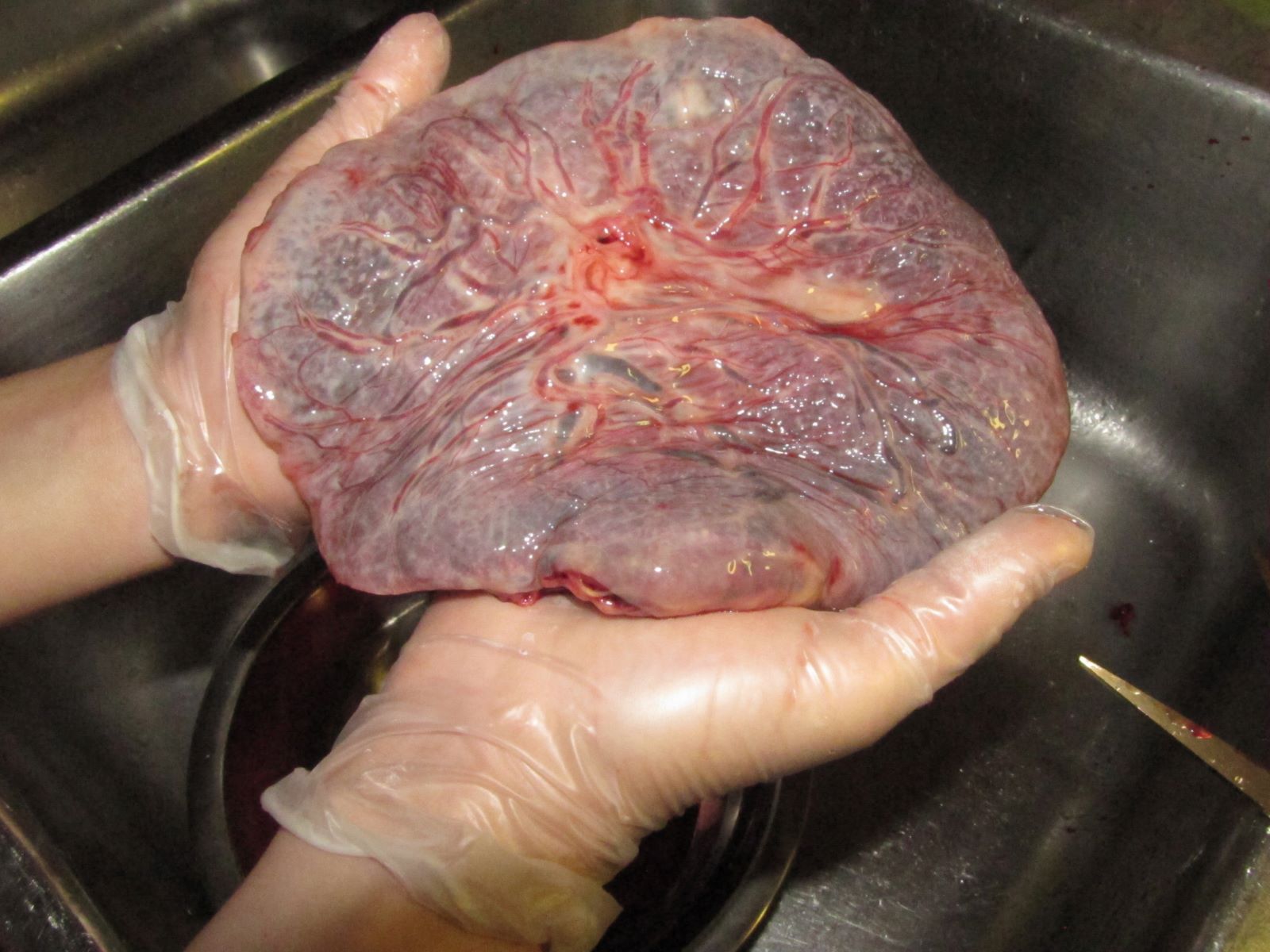
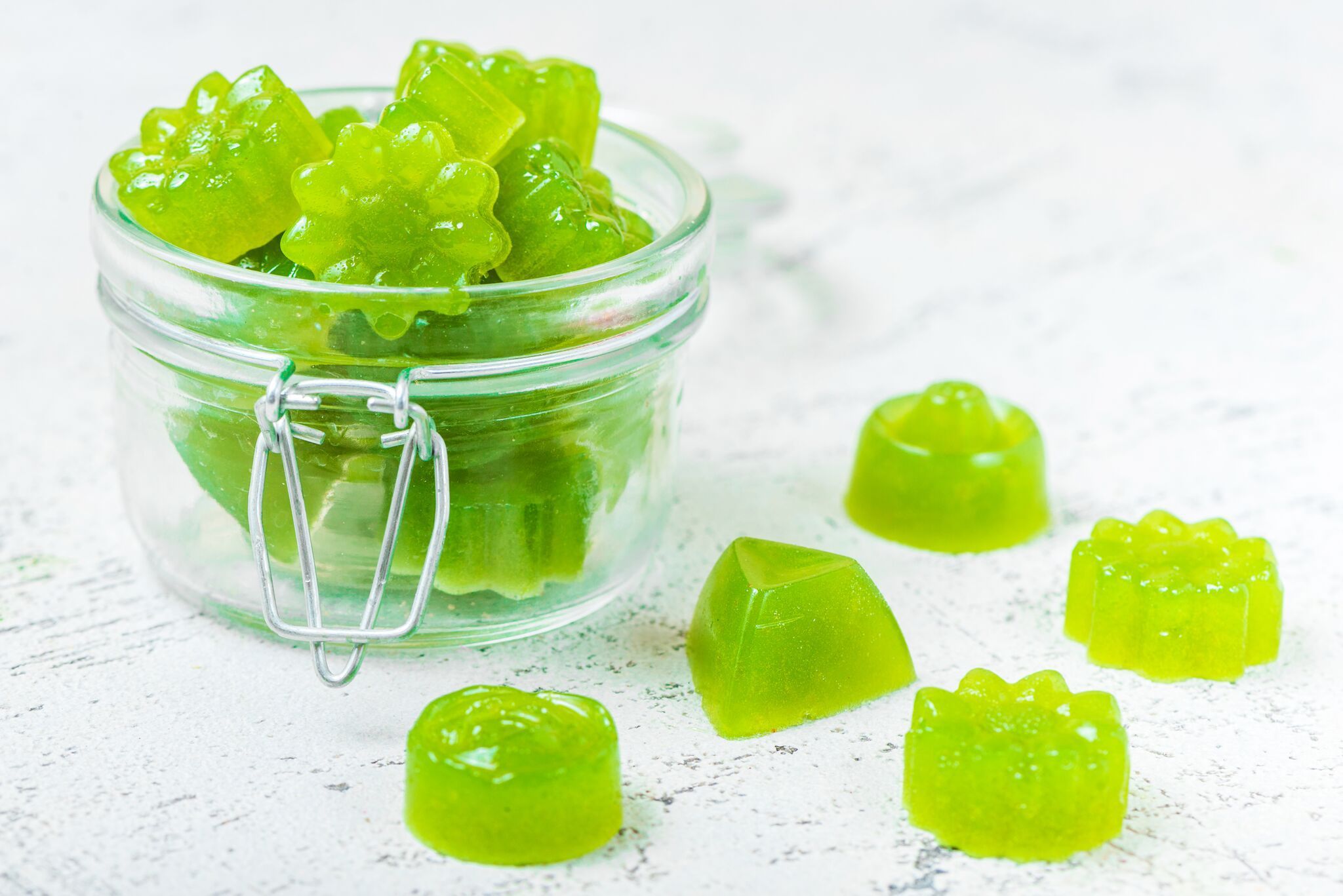


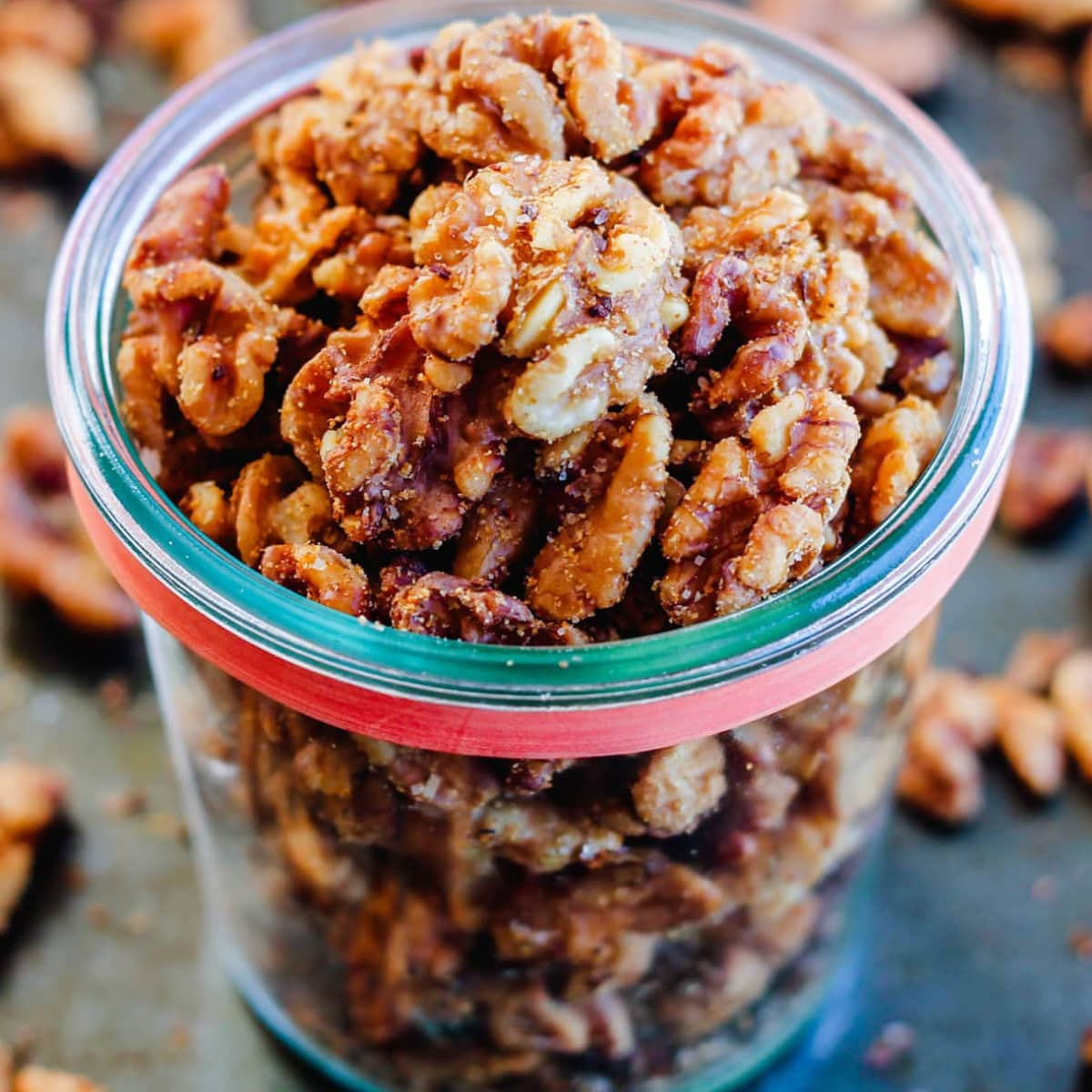

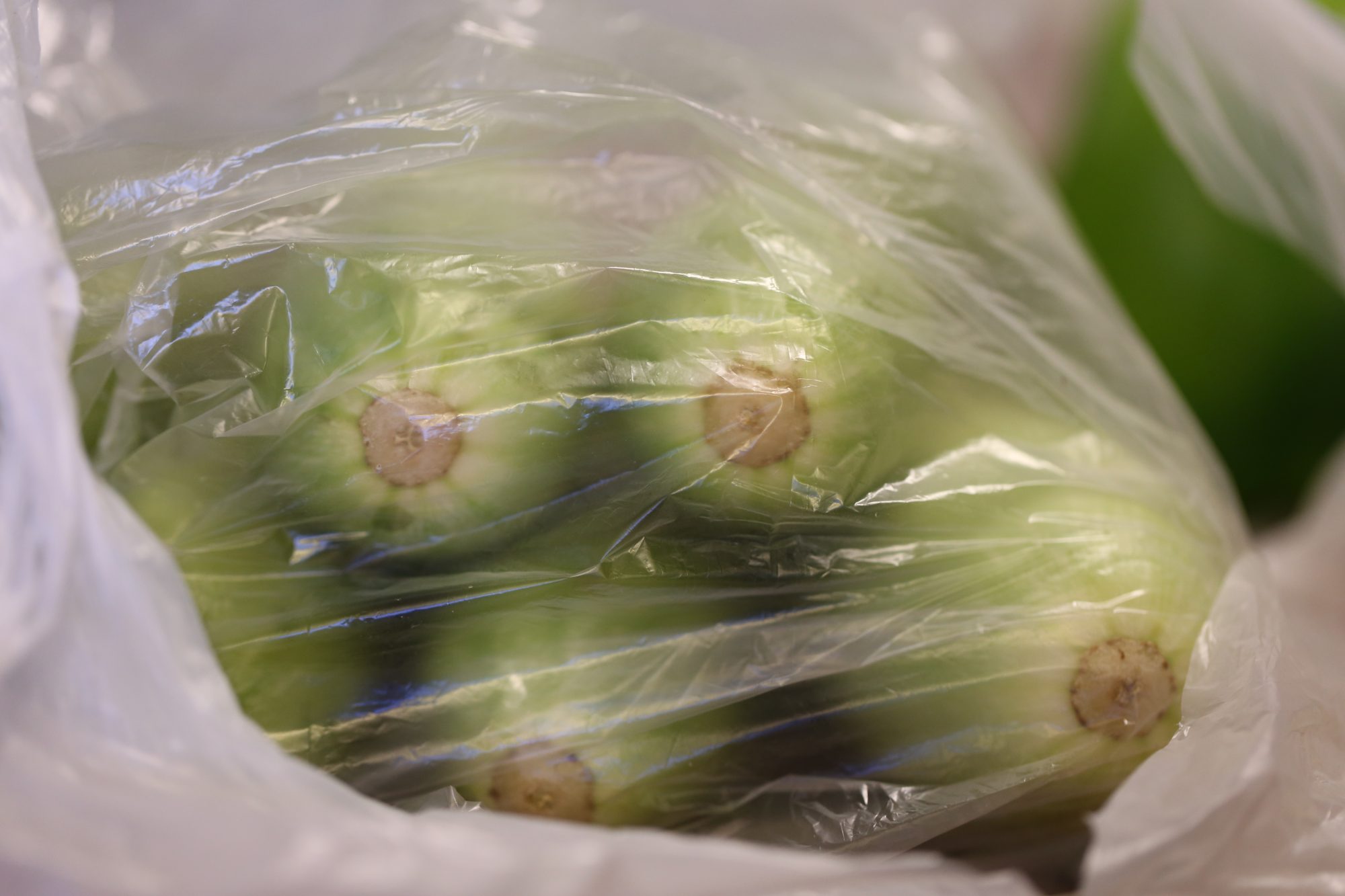
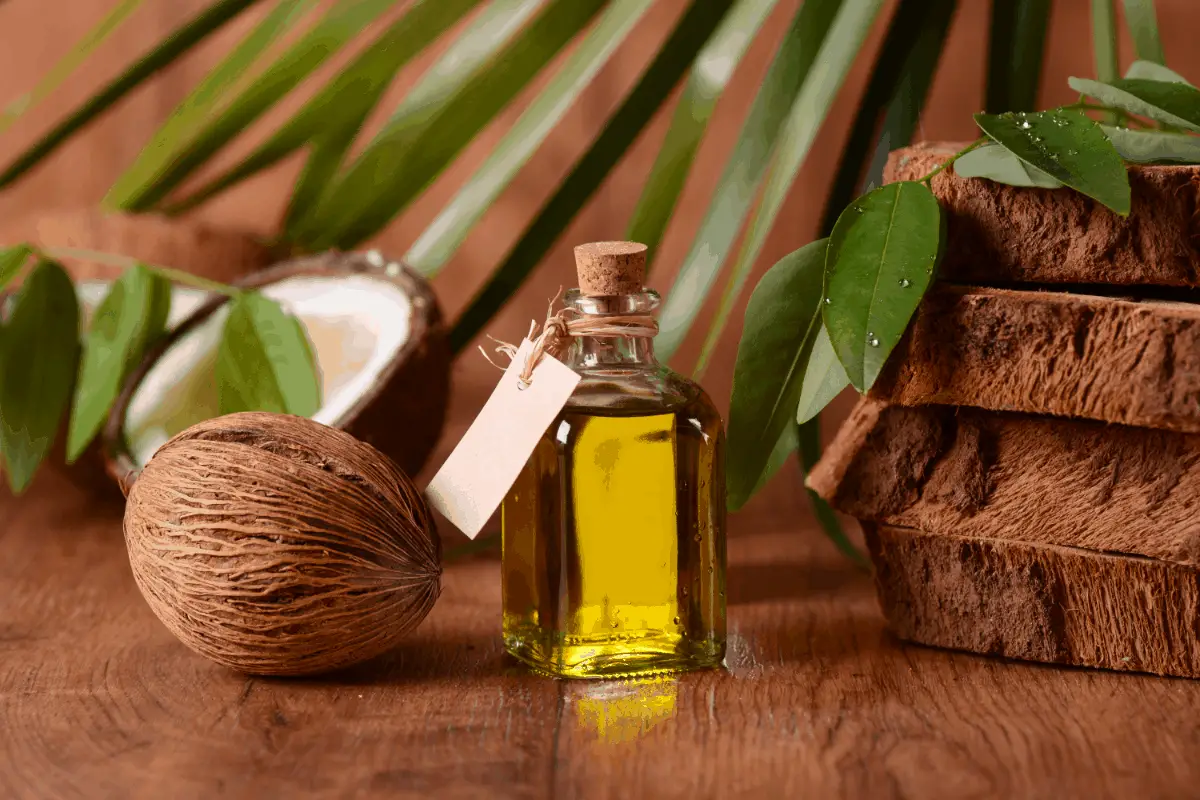

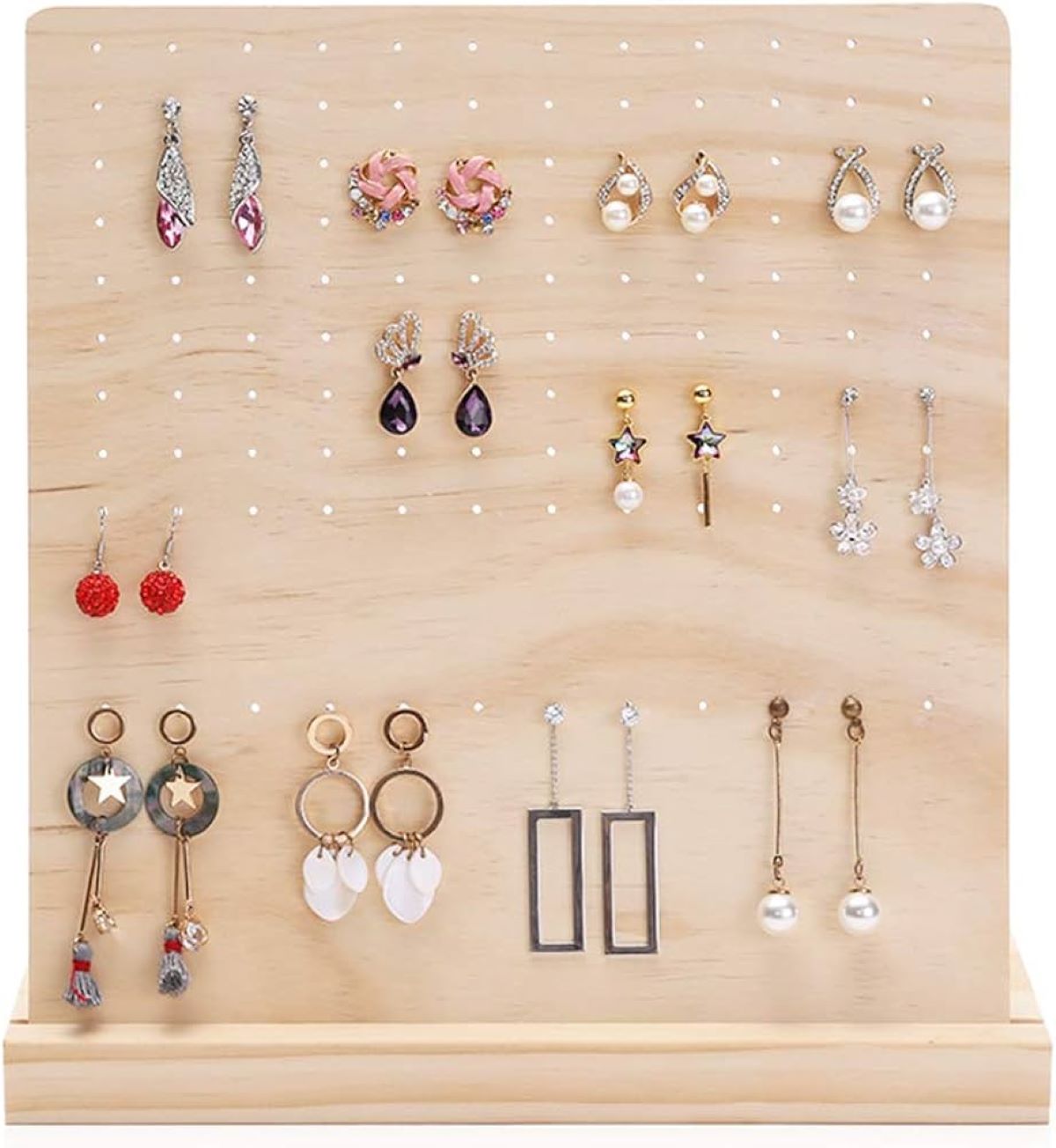

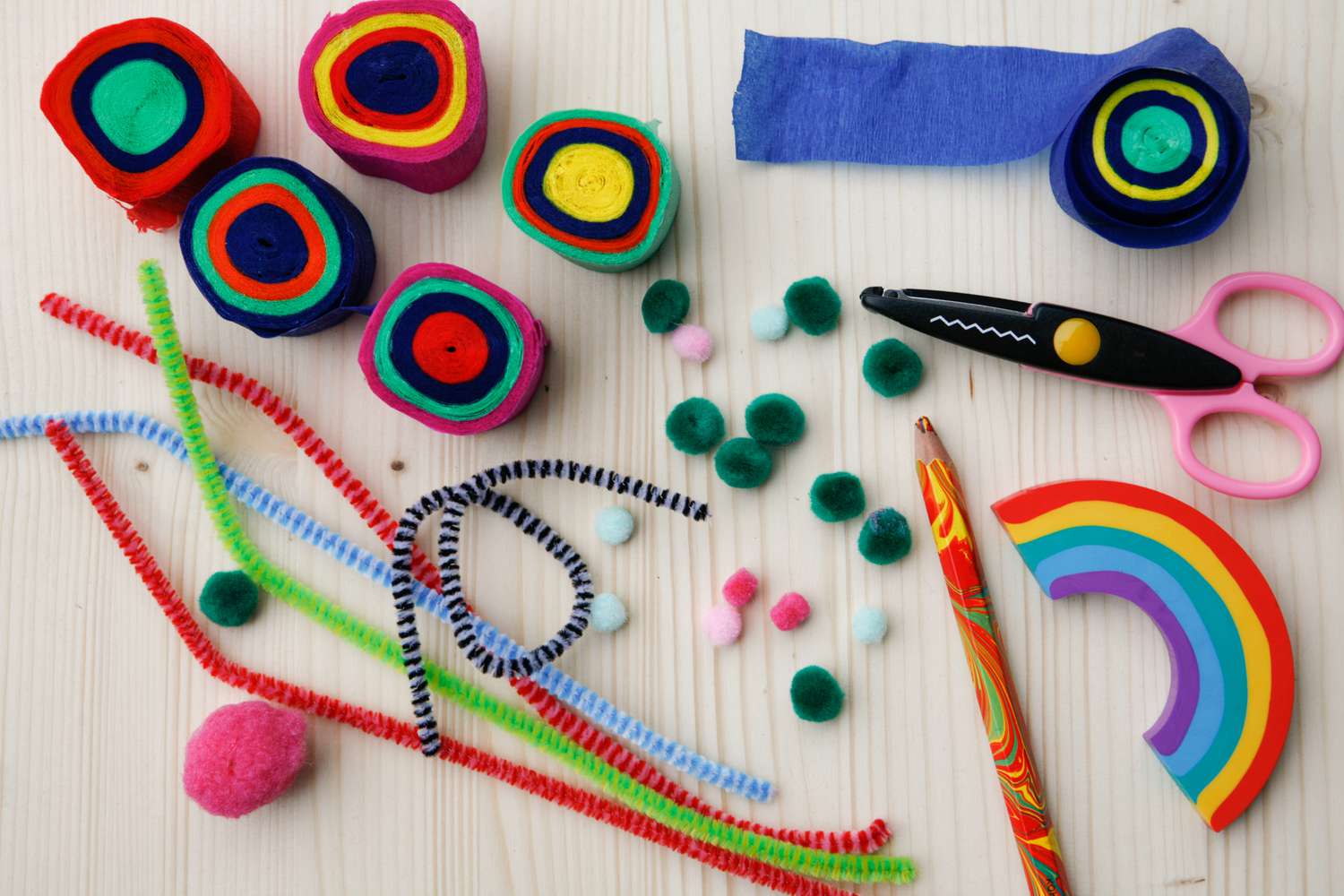

0 thoughts on “How To Store Mouthwash”